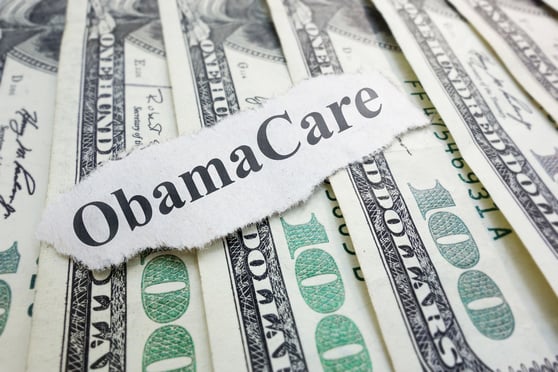A new study offers insight into the types of benefits andbenefit designs employees go for when given the choice.
|The study, by the Private Exchange ResearchCouncil, analyzed hundreds of thousands of benefit purchases madeby workers whose employer offers benefits through a private exchange.
|The average employer that uses a private exchange offers 14different benefits and six medical plans, the study found.Employees purchased an average of 4.4 products in 2015, up from 3.6the previous year.
|Older workers are more likely to buy more coverage, with 44percent of Gen Xers and 42 percent of baby boomers buying more thanfour products, compared to only 30 percent of millennials.
|While employers are increasingly demanding that employees accepthigh-deductible health plans accompanied by ahealth savings account, the majority of workers analyzed in thestudy appear to have traditional health plans, although thepercentage with HSAs is rising. Forty-two percent of employees hadan HSA in 2015, up from 38 percent in 2013.
|Those who opt for high-deductible HSA-qualifying plans tend tobe younger and healthier; that’s no surprise. However, the studyalso found that men and high-paid employees tend to favor suchplans more than women and lower-paid employees.
|Perhaps surprisingly, the study also found that nontraditionalinsurance products, such as pet insurance, legal insurance and identitytheft insurance, are more likely to be offered by smallercompanies.
|Private exchanges and the employers that use them describe themas a way to increase employees’ engagement with their benefits. Ina health care system that many have argued is overpriced andinefficient because the costs have been hidden behind health planslargely paid by employers, private exchanges are touted as a way tomake individuals more sophisticated health care consumers that makeconscious decisions about what services they want and need.
|Private exchanges got a big boost earlier this year whenStarbucks announced that it would be offering its employees anarray of health plans to choose through an exchange run by Aon.
|In a statement accompanying the study’s release, ChristopherCondeluci, one of the principals of Private Exchange ResearchCouncil, described the group and its research as addressing a lackof data on the types of benefits that individual consumersfavor.
|"Knowing what plans people want and how they choose them will goa long way in helping the benefits industry better meet employers'and employees' needs,” he says.
Complete your profile to continue reading and get FREE access to BenefitsPRO, part of your ALM digital membership.
Your access to unlimited BenefitsPRO content isn’t changing.
Once you are an ALM digital member, you’ll receive:
- Critical BenefitsPRO information including cutting edge post-reform success strategies, access to educational webcasts and videos, resources from industry leaders, and informative Newsletters.
- Exclusive discounts on ALM, BenefitsPRO magazine and BenefitsPRO.com events
- Access to other award-winning ALM websites including ThinkAdvisor.com and Law.com
Already have an account? Sign In
© 2024 ALM Global, LLC, All Rights Reserved. Request academic re-use from www.copyright.com. All other uses, submit a request to [email protected]. For more information visit Asset & Logo Licensing.








